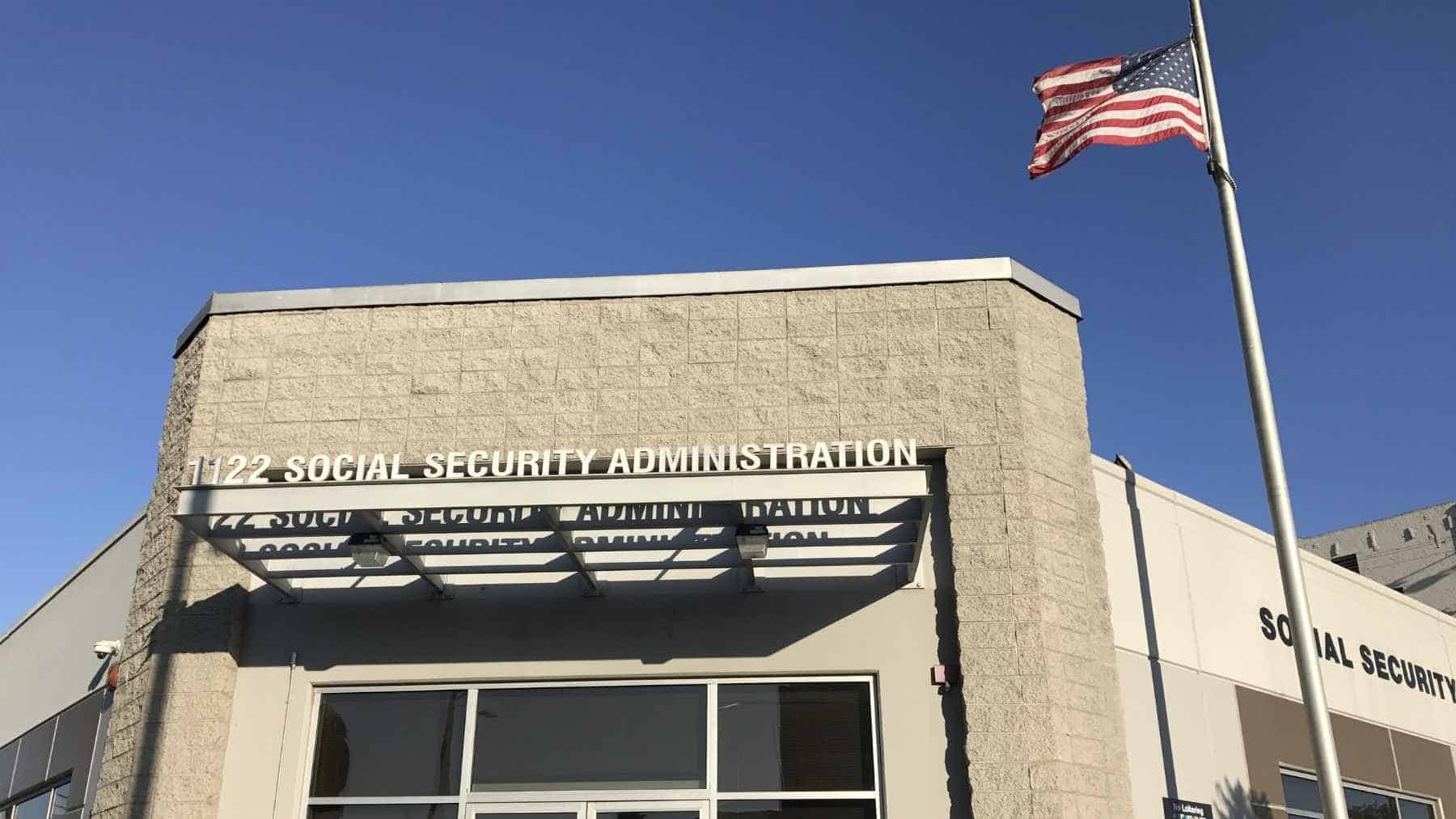In recent weeks, millions of Social Security recipients have received alarming messages from the Social Security Administration (SSA), with some retirees and Supplemental Security Income (SSI) beneficiaries being informed that their payments had stopped. The stability of benefits payments has been a concern now due to the aggressive reforms by Elon Musk’s DOGE.
SSA’s Website glitches and service disruptions resulted in millions of beneficiaries receiving erroneous notifications, causing fear and confusion.
A wave of panic over the Error Messages
The most striking incident occurred recently when approximately 7.4 million SSI recipients besides traditional retiree benefits all received messages stating they were “currently not receiving payments.” According to The Washington Post, this erroneous alert, which affected low-income older Americans and individuals with disabilities, triggered widespread panic. Although subsequent reports confirmed that monthly payments will continue to arrive in bank accounts, the psychological toll was significant.
Retirees suing the My SSA portal, which enables them to monitor their benefits, have also encountered issues, with some unable to access accounts or finding that critical information was missing. Meanwhile, a separate glitch forced SSA staff to cancel disability claim appointments, as new applications couldn’t be processed.
These messages are not isolated flukes but symptoms of broader systemic failures. For retirees, who represent 86% of Americans aged 65 and older receiving Social Security, such notifications threaten the reliability of a program they’ve paid into for decades. The SSA has acknowledged these disruptions, averaging 20 minutes each except for the payment message incident, and is actively investigating the root cause. Yet, the frequency and scale of these errors signal deeper troubles within the agency.
Aging Tech Amid DOGE’s Overhaul
The SSA’s technological infrastructure, long described as antiquated, has been pushed to the brink by a combination of internal decay and external pressures. Sources cited by CNN note that the agency’s systems, some still reliant on the archaic COBOL programming language, have suffered “more glitches than usual” in recent months.
A notable example is the My SSA portal outage last week, which also affected cloud and internal systems. These breakdowns coincide with steep staffing cuts, after DOGE, under Musk’s leadership, slashed over 7,000. Additionally, most skilled SSA employees have resigned from their roles as systems experts for better-paying jobs leaving the agency understaffed with no experienced personnel.
Compounding the issue is DOGE’s aggressive anti-fraud campaign. New software, intended to curb fraudulent activity, has been rolled out without adequate testing at scale, according to The Washington Post. The SSI payment error stemmed directly from this untested technology, overwhelming servers and generating false alerts.
Similarly, Monday’s crash of the SSA website was attributed to a DOGE “anti-fraud upgrade” which locked out users entirely, with error messages apologizing for the downtime but offering no immediate recourse. Insiders report that DOGE’s team which includes inexperienced staff as young as 19, failed to anticipate the high volume of users, a misstep that Darcy Milburn of Arc, a disability advocacy group, called “woefully insufficient” for an agency holding “someone’s lifeline in their hands.”
DOGE’s broader mandate, which includes migrating SSA systems off COBOL in mere months (Wired), adds further strain. Elon claims that money was being paid to already deceased beneficiaries although a report done in 2024 by the Attorney General revealed that only 1% of all payments from 2015-2024 had errors. The reforms combined with massive resignations of SSA employees make it hard for the Agency to perform competently.
How it Impacts Benefit Payments
For retirees, the immediate effect of these error messages is uncertainty. While payments have continued despite the warnings, the recurring glitches raise fears of an actual disruption. A Baltimore-based SSA employee warned that with expert staff dwindling, “cases that get stuck” may not be fixed, potentially leaving beneficiaries out of benefits for months.
The shift away from phone services such as the recent ban on changing direct deposit details by phone, effective by March’s end will further complicate access for those without reliable internet, a group that includes many elderly recipients.
The long-term implications are even graver. If DOGE’s untested upgrades or the loss of institutional knowledge persist, the SSA risks missing deadlines for critical software updates, as noted by CNN. Combined with plans to eliminate thousands more jobs and close more field offices, this could erode the agency’s capacity to process the 9.5 million annual claims for retirement, survivor, and disability benefits, totaling $1.5 trillion in 2024 payouts.
Critics, including former SSA head Martin O’Malley, argue that DOGE’s actions resemble a “backdoor” effort to dismantle the agency, a charge denied by the White House, which insists fraud prevention is the goal.
The long waiting hours in phone wait times are evidence of the SSA’s degraded service delivery. Resolving errors and accessing services is now difficult due to online tools malfunctioning. If DOGE continues to press, the security of hard-earned benefits for those who depend on them will be massively threatened.
Conclusion
The SSA’s erroneous warning messages are more than technical missteps. They reflect a system under siege from outdated infrastructure, staffing shortages, and a reform agenda that prioritizes cuts over stability. Retirees, already navigating a complex bureaucracy, now face heightened anxiety and potential delays as the agency falters. While the SSA and DOGE work to address these issues, beneficiaries are left in a precarious position, underscoring the urgent need for a balanced approach that safeguards both efficiency and reliability in this vital program.

